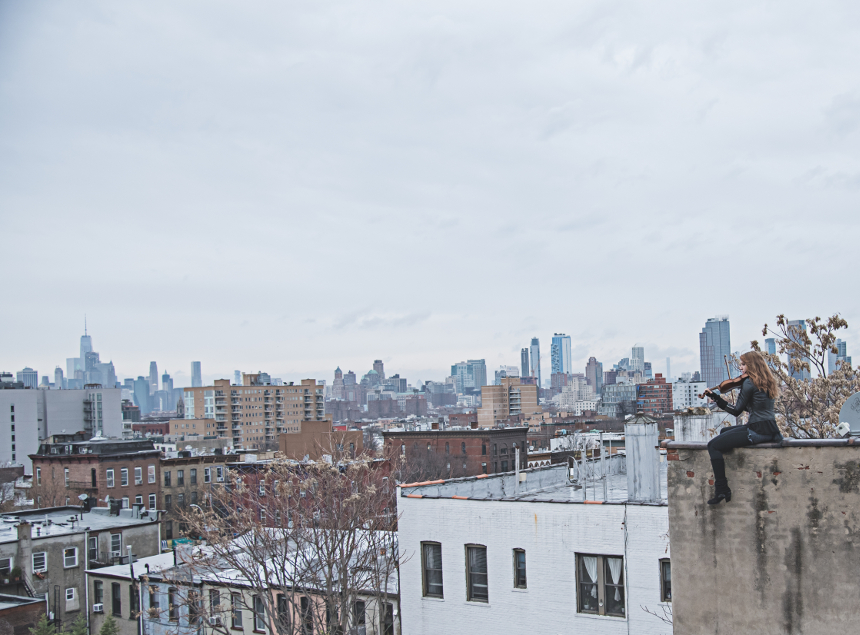Statement
Meredith Rachel Bogacz (°1986, Evanston, United States) makes sculptures, drawings and mixed media artworks. Her work is an exploration of emotional and psychological states of change using a visual language based on the amalgamation of human and equine figures and fluid pure form.
The mantra behind this work is as follows: the clay must first be wedged, molded, and fired before its final purpose can be realized and understood. This mantra is both a methodology and a metaphor. The clay actually undergoes this process, and the practice of creating the drawings is similar. The canvas is stretched, and the ground is abraded and abused in order to draw the image out. This process is a metaphor for human existence in reality. We all have the potential to transcend this existence, but first we are shaped, pounded, modeled, abraded, scraped by a force outside of ourselves, and changed from base materials to something exalted and fully realized.
Both the human figure and equine are exploited for their universal emotional appeals, and by their formal execution are rooted in an appreciation for long tradition of figurative and representational art. In addition to the artist's personal history and obsession with the horse, she draws upon the elements of power, wildness and mystery as analogies to emotions, experiences and memories running rampant across the psyche. The figures are both the ones changed, and those factors which effect the change. They invite a discussion as to which was first, the process or the catalyst, and the nature of transformation itself. The works are a sort of personal exorcism, a digestion of internal experience made palatable after the fact, and an invitation to that process. Instances of transformation are represented by figures which are active yet frozen in their own small world.They are eternal moments, life-changing moments, made still in order to provide introspection.
The figures are partial and fragmented, both swallowed by and emerging from raw materials In some cases they are broken, so as to emphasize the unexpected and often incongruent process of growth and understanding. The viewer is encouraged to enter into the emotional microcosm of the piece, to investigate their own their own reaction to the piece, whether it is one of empathy, curiosity or revulsion, and to consider each instance individually and as part of a total experience.
Her works are often classified as romantic because of the formal parallels in the execution and conception of the work, and the strong emotional content inherent in each piece. However, this reference is not intentional, as this kind of art is part of the collective memory. By contesting the division between memory and experience, she tries to develop forms which incite the viewer to make new personal associations. The artist lives and works in Brooklyn, NY.

